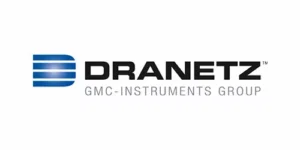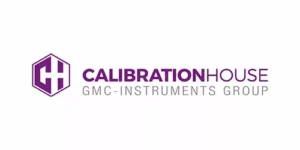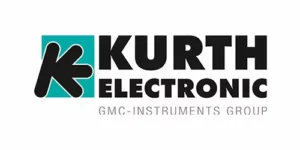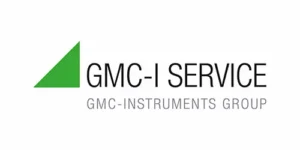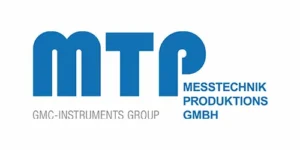Faulty insulation in stationary electrical systems and operating equipment can cause unwanted current flow (residual current), which may result in short-circuiting, earth faults or short-circuits to exposed conductive parts. Even with appropriate planning, residual current cannot be entirely ruled out. Dangerous residual current of this sort, which may lead to equipment malfunctions and fire hazards, can be detected at an early stage by means of a safety concept including residual-current monitors in accordance with DIN EN 62020 (VDE 0663), and insulation faults can be eliminated.
Differential current is measured with the help of residual current transformers. Measured differential current can be unequivocally allocated to the respective electrical circuits and individual consuming devices. This assures continuous availability of the system.
And thus continuous monitoring of residual current provides the user with numerous advantages:
- Fewer malfunctions and unwanted operational interruptions
- Early detection of deteriorating insulation
- Elimination of periodic manual inspections
- Avoidance of personal injury and property damage
- Fire prevention
Continuous Monitoring
By subjecting the system to continuous residual current monitoring (RCM), changes to its insulation quality are diagnosed early on and can be eliminated. Phase conductor and the neutral conductor current is compared by means of a transformer, and the difference is displayed.
RCM is based on Kirchhoff’s first law, i.e. Kirchhoff’s current law or junction rule. This law states that in any given junction of an electrical system, total current entering the junction is exactly equal to total current leaving the same junction. If there’s a difference due to leakage current flowing to ground, a residual current is detected and indicated. The operator is then prompted to take action. Common reasons for differential current (residual current) in systems include defective components, for example in switched-mode power supplies (LED lighting, computers, server systems, photovoltaic rectifiers, quick-charge stations etc.), faulty insulation at electrical connections and on cables, defective insulation on devices and production equipment, incorrect PEN connections etc.
The big advantages of this procedure is the fact that the protective conductor doesn’t have to be interrupted in order to perform measurement, and the user is informed before the residual current circuit breaker (RCCB) is tripped and is able to react accordingly.
RCMs record all values over a long period of time, provide notifications when certain threshold values are exceeded and generate alarms if necessary – as opposed to having an RCCB shut the system down. Increased insulation resistance values can be pinpointed immediately and eliminated. Unplanned system downtime can be lastingly avoided as a result.
The advantages of continuous residual current monitoring are obvious. On the one hand, tedious, periodic manual inspections can be omitted, which only provide information concerning the status quo at the point in time at which measurement is conducted. On the other hand, continuous monitoring promotes fire prevention and makes a decisive contribution to the prevention of personal injury and property damage. Applications for RCM, frequently within the context of energy measurement and power quality analysis as well, can be found in computer centers, hospitals, hotels and other public buildings (e.g. shopping centers, airports etc.), industrial facilities, sensitive production systems, banks etc. Threshold values in accordance with EN 62020 apply as a rule in these locations (e.g. 100 mA), in order to avoid all possible safety risks.
Residual current circuit breakers also detect residual current, but they shut down supply power when the specified differential current value is exceeded. This results in unnecessary, and above all unplanned system failures.
DIN EN 62020 / VDE 0663 / IEC 62020
Differential current measurement is regulated in the IEC 62020 standard (also known as DIN EN 62020 and VDE 0663). This standard applies to differential current monitors for building installations and similar applications with rated voltages which may not exceed 440 V AC, and rated current values which may not exceed 125 A.
Differential Current Measurement with CAMILLE BAUER
Instruments included in the SINEAX AM/DM, LINAX PQ and CENTRAX CU product ranges make it possible to detect residual current via a module. Two channels are available for each module, with which AC residual current can be monitored within the system. Each channel can be used either as a differential current input (measuring range: 2 mA, with interruption monitoring for the connecting cables) or for direct measurement of earth conductor current (measuring range: 1 A). Measurement is conducted via suitable measuring transducers. This module can be used for all instruments included in the AM, CU, PQ and DM series, and up to four modules can be used at the same time depending on the instrument.

An alarm threshold and an early warning threshold can be specified for each channel. If the alarm threshold is violated (or if the measurement cable is interrupted), the instrument’s group alarm is activated, and in the case of instruments with data logger each status change is also documented in the alarms list and violations of the early warning threshold are entered to the events list. Indication is possible via digital outputs or relay contacts. Currently measured residual current values can be viewed at any time at the display or on the instrument website, and can also be read out via analog outputs or queried via the bus interfaces. Recording of mean residual current values makes it possible to detect gradual deterioration at an early stage.








